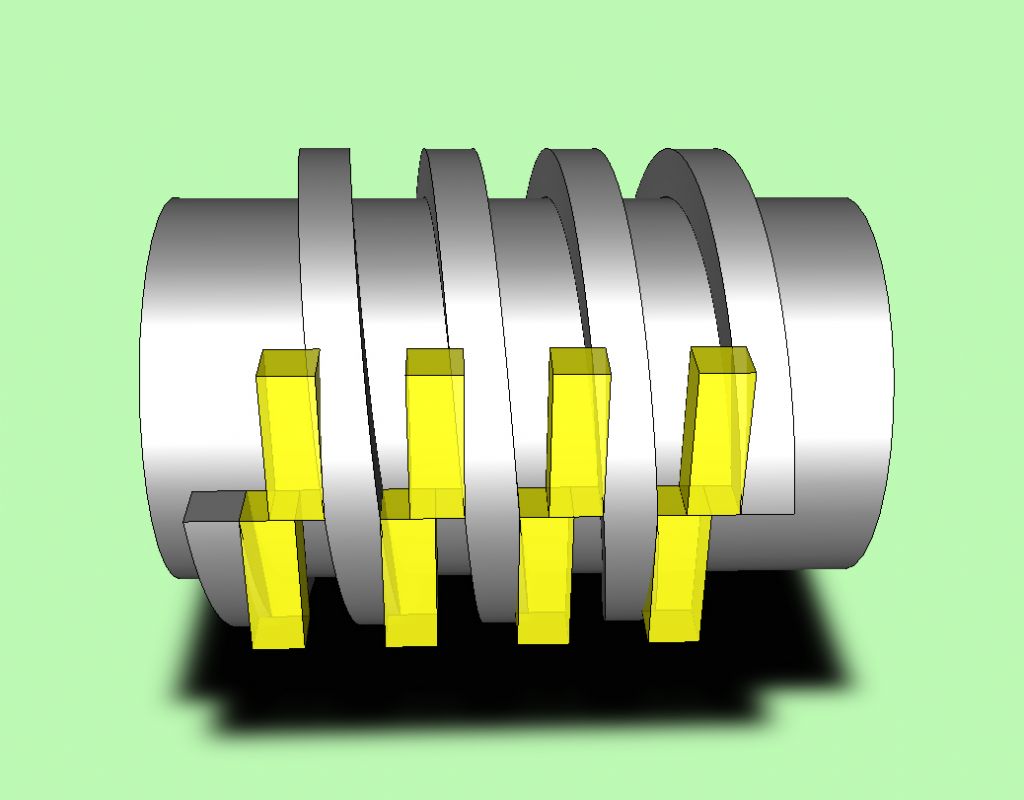Posted by Hopper on 04/12/2017 02:08:54:
With an Acme, the slight taper on the tooth form makes engagement easier. Also, with the Acme, as the threads wear, the halfnuts can be adjusted inwards to take up the slack, still riding firmly on both thread flanks. With the square thread, once it has worn on the flanks there is little you can do about the resulting backlash.
I think that's possibly the key, at least where halfnuts are involved – it's less easy to do anything remedial where crosslide or topslide nuts are concerned. However I've heard opposed Acme nuts described, where backlash is taken up by adjusting the spacing between the two nuts so that they each bear on opposite flanks of the screw. Don't remember ever actually seeing such an arrangement, though.
There can be requirements for substantial force to be transmitted by crosslide leadscrews – knurling, for example.
I do suspect that Acme threads, like many things in engineering, are a compromise – in this case between strength, adjustability and ease of manufacture.
One of my first engineering jobs was operating a big thread-roller at a Nottingham factory that made jacking-screws for artic trailers. I was rolling 10 or 15 foot lengths of bar-turned 1 3/8" bar with two-start Acme threads, some left-handed. You could get a good piece-rate if you fed the start of one bar hard up against the tail of the previous one. If you failed, you had to open and re-close the roller on the next bar, which lost a minute or so, and also some inches of thread so the whole bar wasn't usable in the next machining process. I don't know whether that follow-on, or even the whole rolling process would've been as easy on square thread.
Edited By Mick B1 on 04/12/2017 11:28:11
Eric Arthrell.






